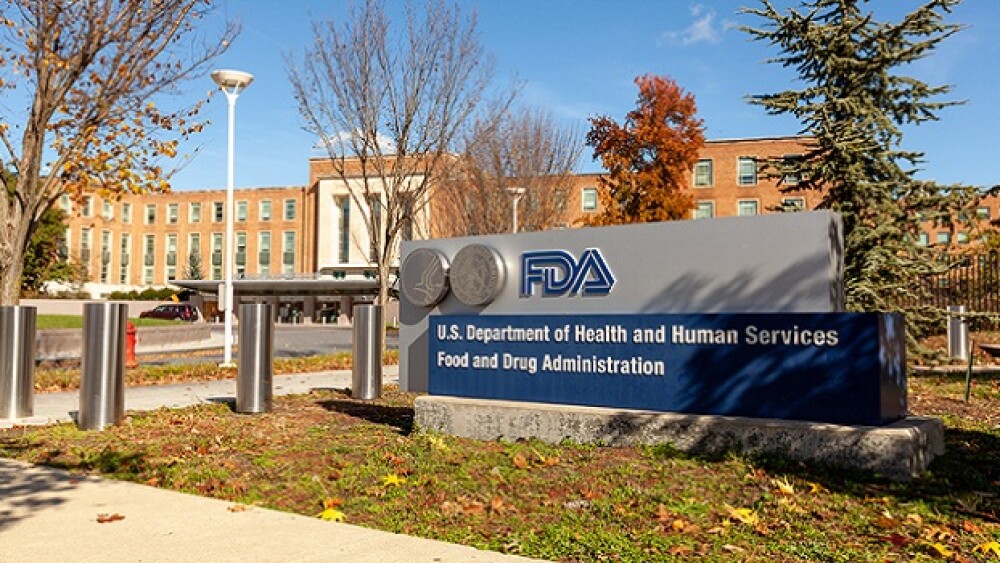Although treating patients is the top priority of the biopharma industry, there’s no doubt that money is the driver. This is a broad look at the current state of biopharma bucks.
Although treating patients is the top priority of the biopharma industry, there’s no doubt that money is the driver. And that can range from what patients and insurers pay, to funding from government entities, and what investors, both private and public are backing with their money. This is a broad look at the current state of biopharma bucks.
The first quarter of 2022 has been slow for biotech companies going public. According to data from BioPharma Dive, only nine biotechs launched initial public offerings (IPOs) in the first quarter compared to 33 in 2021. And not only are there fewer IPOs, but the amounts raised are lower, dropping from an average raise of $146 million to around $83 million.
Granted, we’re only starting the second quarter, and the market could heat up throughout the year. But it does raise questions about where the funding is in the industry.
Chris Miller, a partner with the law firm Troutman Pepper, who specializes in private financing agreements, said, “We started to see a trickle-down effect this quarter.” It will “only get worse the longer the IPO window stays shut.”
And it looks like venture capital firms have plenty of money, but some in the arena are indicating financing rounds are more difficult to close.
SPAC deals still appear to be popular in 2022 after a hot year in 2021. A SPAC is a special purpose acquisition company, sometimes called a “blank-check” company. They are basically a shell company that raises money in order to acquire a company and take it public quickly. On April 20, Coeptis Therapeutics merged with SPAC Bull Horn Holdings in a deal worth about $175 million. Bull Horn will merged into Coeptis and rebranded as Ceptis Therapeutics Holdings, Inc., and trade on the Nasdaq under the COEP ticker symbol.
Last year marked a number of big SPAC deals, such as 23andMe’s with VG Acquisition Corp., a SPAC sponsored by Sir Richard Branson’s Virgin Group. Another big one was Ginkgo Bioworks’ merger with SPAC Soaring Eagle Acquisition Corp., giving the combined company a value of $17.5 billion.
Although private and public investments may be slow so far this year, others are looking at government funding. Operation Warp Speed (OWS), a partnership between the Departments of Health and Human Services (HHS) and Defense (DOD), accelerated the development of COVID-19 vaccines.
As of March 14, 2021, OWS had obligated about $20 billion to develop, manufacture, and distribute COVID-19 vaccines under the project. About $6 billion went to Pfizer, $2.2 billion to Sanofi, $1.6 billion to Novavax, $1.6 billion to AstraZeneca, $5.3 billion to Moderna, and $2.1 billion to Janssen, a Johnson & Johnson company. Another $1.5 billion went to “other vaccine-related” projects. At the end of February 2021, the responsibilities of OWS were transferred to the White House COVID-19 Response Team.
More broadly, the National Institutes of Health (NIH) is the largest global funder of biomedical research. The COVID-19 pandemic was a challenge, but analysis suggests the agency handled the research well.
“It is an accomplishment for the ages,” said Shirley Tilghman, PhD, a molecular biologist and president emeritus at Princeton University.
With Dr. Francis Collins, M.D., Ph.D., set to retire as director of the NIH after 12 years, many in the industry are considering the agency’s focus and upcoming challenges. A Nature analysis cited four priorities:
1. Innovate as fast as possible. The NIH has a budget of $42 billion, but with 27 different institutes and centers, red tape has always been a complaint. For the most part, the COVID-19 pandemic helped cut some of the bureaucratic obstacles, and many hope that the agency will continue to do so once the urgency of the pandemic is gone.
2. Improve workforce diversity. A decade ago, Donna Ginther, an economist at the University of Kansas in Lawrence, published an analysis of NIH funding and found that white researchers applying for NIH grants were more likely to win them than Black researchers. And most believe this trend hasn’t changed much since. Only 1.4% of NIH senior investigators identify as Black.
3. Integrate the social sciences. The COVID-19 pandemic saw an unprecedented speed of innovation in the development of vaccines and therapeutics. But it also found significant vaccine resistance and scientific misinformation.
“William Riley, Ph.D., a social psychologist who served as director of the NIH Office of Behavioral and Social Sciences Research until December 2021, said, “If we don’t do more research in that area, when the next pandemic comes along, we still won’t have a good understanding of how to address vaccine misinformation.”
4. Don’t ignore politics. Likely related to the social sciences aspect, politics has played a major role both in moving the therapies and vaccines along, but also in vaccine hesitancy and vaccine misinformation. Olivia Rissland, Ph.D., a molecular biologist at the University of Colorado School of Medicine in Aurora, notes that whoever heads the NIH next will be facing an unprecedented level of political friction and scientific mistrust. “The NIH can’t be an insular ivory tower,” she said.
Although it’s worth noting, when it comes to politics and pharmaceuticals, that 72 U.S. senators accepted pharmaceutical industry donations ahead of the 2020 election, and 302 for the House of Representatives. Across the country, more than 2,400 state legislators received drug lobbying donations, including 82% of state lawmakers in California and 84% in Louisiana. And in 2021, lobbyists set a new overall record of $3.7 billion spent.
Meanwhile, public spending on drugs, driven by the COVID-19 pandemic, climbed about 122% last year, and out-of-pocket costs also rocketed by about $4 billion from 2020 to $79 billion. Per-prescription averages were low, less than $20 per prescription, but about 64 million of those prescriptions — only 1% — ran about $125. This affordability problem left 81 million prescriptions unfilled in 2021.





